Written by Matthew Scott
If you were to look out at a sandy beach your first inclination might be to get the sunglasses out and let your stress melt away however beaches cam sometimes become the end-point for cetaceans when they either wash up dead or live strand. This was evidenced by one of the worst live stranding events in New Zealand’s history last month.
The Department of Conservation was greeted by the harrowing scene of more than 400 pilot whales washed up on Farewell Spit, unable to get out to sea. Unfortunately, by the next morning, more than 70% of the whales had dies and efforts to re-float the remaining 100 or so was met by 90 of them returning to the sand.
Why do cetaceans strand? The Farewell Spit incident is not an isolated one and the results can be devastating for cetacean populations as well as local economies. The reason is not a single answer. In the case of the recent New Zealand stranding it was hypothesized the whales stranded because they were trying to get around the top of South Island but sharks pushed them closer to shore than normal and they got stuck inside the bay, unable to navigate their way out of the shallow water.
Navigational error in healthy cetaceans can be caused by gently shelving beaches, geomagnetic contour intersecting with coast lines, unfamiliar coastal configurations or unusual weather patterns. Other reason for stranding can include chasing prey into shallow water and getting swept onto the beach by a stray wave or getting caught by the receding tide, and being led onto a beach by a pod leader that is injured or diseased in the case of very social cetaceans such as pilot whales.
Of course there are other reasons related to the animal being injured, diseased or malnourished. Serious wounds from ship strikes or predator interactions, bacterial, viral or parasitic stresses, and individuals getting separated prematurely from a pod and becoming malnourished and weak can all become contributing factors. The infamous Bahamas incident in 2000 is an example of anthropogenic impacts; military sonar activity caused deep diving beaked whales to ascend too quickly and develop nitrogen bubbles in their inner-ear (akin to decompression sickness in divers) and become disoriented and venture out of the safety of their deep water habitat and wash up on the beach. Anthropogenic noise disturbances have been linked with cetacean stranding more and more since then (I recommend reading the book ‘War of the Whales’ if you are interested in this topic).
With so many stranding’s happening around the world it is not surprising there would be a fair share along the California coast line. In May last year a Gray whale washed up on a beach close to Bodega Bay, the victim of an Orca attack, researchers thought. In July a Humpback whale washed up near Pescadero, its body shredded after a collision with a ship.
The Marine Mammal Center in Sausalito responds to all reported live whale stranding’s and perform necropsies if the cetaceans die in order to find out the reason for the death. From 200 to 2015 they investigated 212 Odontocete (toothed whale) deaths. The California Academy of Science, on the other hand, is responsible for dealing with dead whales and dolphins that wash up along the northern Californian coast and their Ornithology and Mammology department houses one of the largest cetacean bone collections in the world.
Beach combing is the practice of walking along miles of beach in order to collect artifacts eroded away or washed up by the ocean. Although very sad, to find a whale would be an awe inspiring thing, a creature akin to a sea demon appearing as if out of thin air on a beach.
Around the world there are many ways a cetacean can strand, and the amount caused by humans (directly by ship strikes or active sonar or indirectly by different means of pollution and human exploitation of the oceans) is increasing. To see such a powerful creature, the source of such wonder, washed up lifeless on a beach is a powerful symbol to advocate for the health of the oceans. Some say paradise, but for some individual whales it can be the end of the road, and in many cases, long before their time.
The Marine Mammal Center’s jurisdiction is between Mendocino Country and San Luis Obispo County. If you see a live stranded cetacean call (415) 289 7325 to report it.
The California Academy of Science’s jurisdiction is between Mendocino County and San Mateo County. If you see a dead whale call (415) 379 5381.
I suggest putting the numbers in your phone now. You never know when you will come across something you want to report on the beach.

